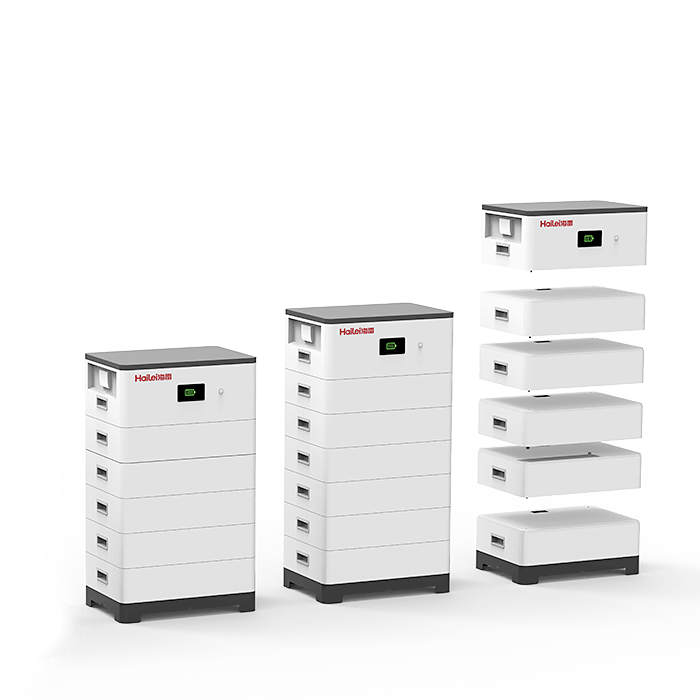Time:May 19, 2023 Views:526
The application scenario of photovoltaic energy storage lithium batteries can be divided into three categories: consumer, power and energy storage. In the early days, consumer products such as mobile phones, laptops, and digital cameras currently account for about half of the world's various lithium battery shipments. With the increase in the world's demand for new energy vehicles, the proportion of photovoltaic energy storage lithium batteries has increased year by year, and currently accounts for more than 40%. Photovoltaic energy storage lithium batteries will become the main application scenarios of lithium batteries in the future.
According to the standard, power batteries with a capacity of less than 80%can no longer be used for new energy vehicles, while the requirements of ordinary energy storage batteries are not so high. After the power battery is retired, it can be modified slightly and can be used for energy storage systems. As a emerging application scenario, photovoltaic energy storage lithium batteries have gradually attracted attention. Energy storage is one of the important means of solving new energy wind power and photovoltaic intermittent fluctuations and realizing the function of "peak -cutting valley".

At present, there are two types of mainstream photovoltaic energy storage batteries: ternary lithium and iron phosphate. Its power density is much higher than that of lead -carbon batteries. Relatively speaking, ternary lithium is higher than lithium iron phosphate.
In the energy storage system, photovoltaic energy storage lithium batteries, lead -carbon batteries, and lead -acid batteries are all storage power, without essential differences. The design and selection of battery capacity and charging current are the same. Compared with lead -acid batteries, photovoltaic energy storage lithium batteries are new things. There are currently no standard products. Unlike lead -acid batteries, it has many specifications. Generally, the manufacturer sets the specifications according to the power. The difference between photovoltaic energy storage batteries and lead -acid batteries is that lithium batteries need to be equipped with battery management system.
Photovoltaic energy storage lithium batteries have the advantages of light weight, large energy storage capacity, large power, and long life. However, photovoltaic energy storage lithium batteries are very sensitive to overcurrent and overwhelmed. Large -capacity batteries are composed of many small -capacity monolithic batteries, which are connected by a large number. There are many batteries in parallel, which is easy to cause unbalanced currents of each branch. Therefore, the battery management system needs to be introduced to increase control. The photovoltaic energy storage lithium battery has many advantages such as good current characteristics, small self -discharge, stable performance, and safe cleaning. At present, the daily maintenance of photovoltaic energy storage lithium batteries is mainly carried out manually, mainly for the connection status and end voltage of lithium batteries. For failure exclusion, the BMS battery management system is not required.

X

Appointment Experience